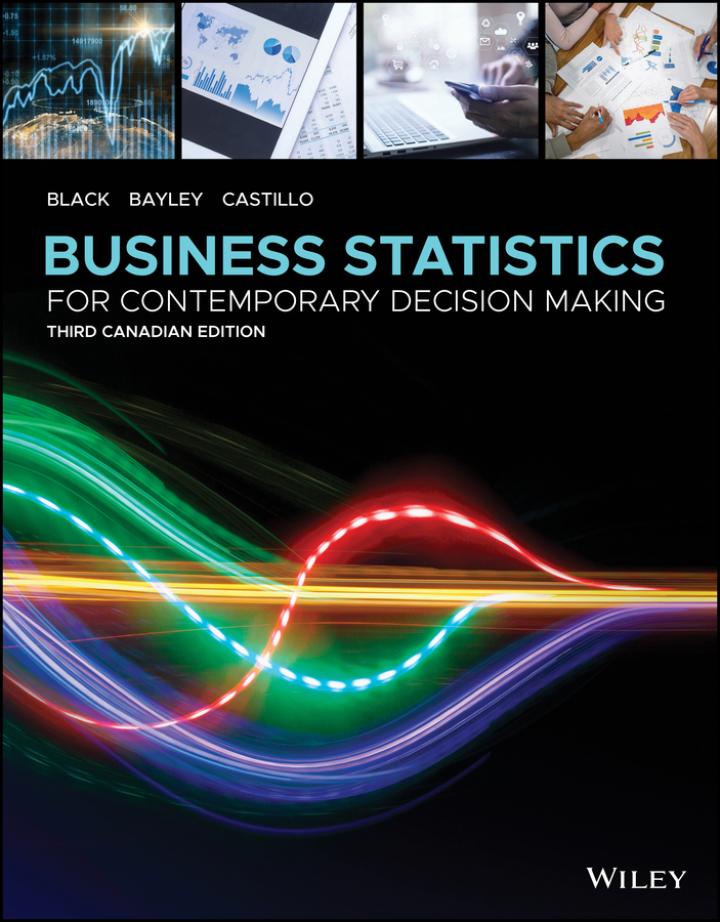Question
The WasteGen Corporation sells DeskJet printers in many different countries. Each printer is largely the same, except for the power supply (and a few other
The WasteGen Corporation sells DeskJet printers in many different countries. Each printer is largely the same, except for the power supply (and a few other differences which we ignore here). Assume WasteGen sells to nine different countries, each of which requires a different power supply. Printers are frequently updated. Every three months, WasteGen introduces a new line of DeskJet printers. When introducing a new line, WasteGen has one single opportunity to produce all the printers it hopes to sell during the three months. The manufacturing cost of each printer is $100 (regardless of the type of power supply); WasteGen sells the printers for $200 each. If a printer is unsold at the end of the three-month sales period when the new line of printers is introduced, it has to be marked down and can be sold off for $80. Assume that demand during the 3-month selling period in each of the 9 countries follows a normal distribution, with mean of 10,000 printers and a standard deviation of 2,500. All questions below refer to the new model P-2020c that WasteGen is currently planning to introduce.
(a) [5 points] Find the optimal production quantity for each type of printer and the investment required in production across all nine countries.
(b) [5 points] The marketing department argues that the approach taken in (a) is not appropriate: they claim it ignores the "lifetime value" of a customer. Their view is that, if a customer cannot buy the printer s/he wants because it is out of stock, that customer will switch to a different brand for his/her current purchase but also for all future purchases. Therefore, WasteGen will not only lose the profit margin on that printer, but will also lose the profit margin they could have earned from future purchases by that customer. The VP of Marketing says "We need to offer a 98% customer service level, because of the lifetime value of future purchases by a customer." Compute the lifetime value of a customer that the VP of Marketing is implicitly using in making this statement.
(c) [5 points] WasteGen is considering production of a single generic printer; and, they will only add the power supply once they know in which country the printer will be sold. Assume that WasteGen will have to invest $200,000 in development costs for this new generic printer, but that unit manufacturing costs will remain the same. Is it worth making these generic printers instead of the country-specific printers? (Provide a precise quantitative recommendation; assume that demands in each country are independent, and ignore the lifetime value of the customer from point (b).)
(d) [5 points] Assume WasteGen decides to produce the new generic printers instead of the country-specific printers. Also assume WasteGen decides to invest the same total amount in production of printers for all 9 countries as in part (a). (Ignore the $200,000 development costs from (c) and the future lifetime value of the customer from (b) here.) What service level will WasteGen then be able to offer to its customers for the new generic printer? Is operating at this service level better or worse?
Step by Step Solution
There are 3 Steps involved in it
Step: 1
Optimal Production and Investment a The optimal production quantity for each type of printer can be found by minimizing the expected total costwhich includes manufacturing costholding cost for unsold ...
Get Instant Access to Expert-Tailored Solutions
See step-by-step solutions with expert insights and AI powered tools for academic success
Step: 2

Step: 3

Ace Your Homework with AI
Get the answers you need in no time with our AI-driven, step-by-step assistance
Get Started


